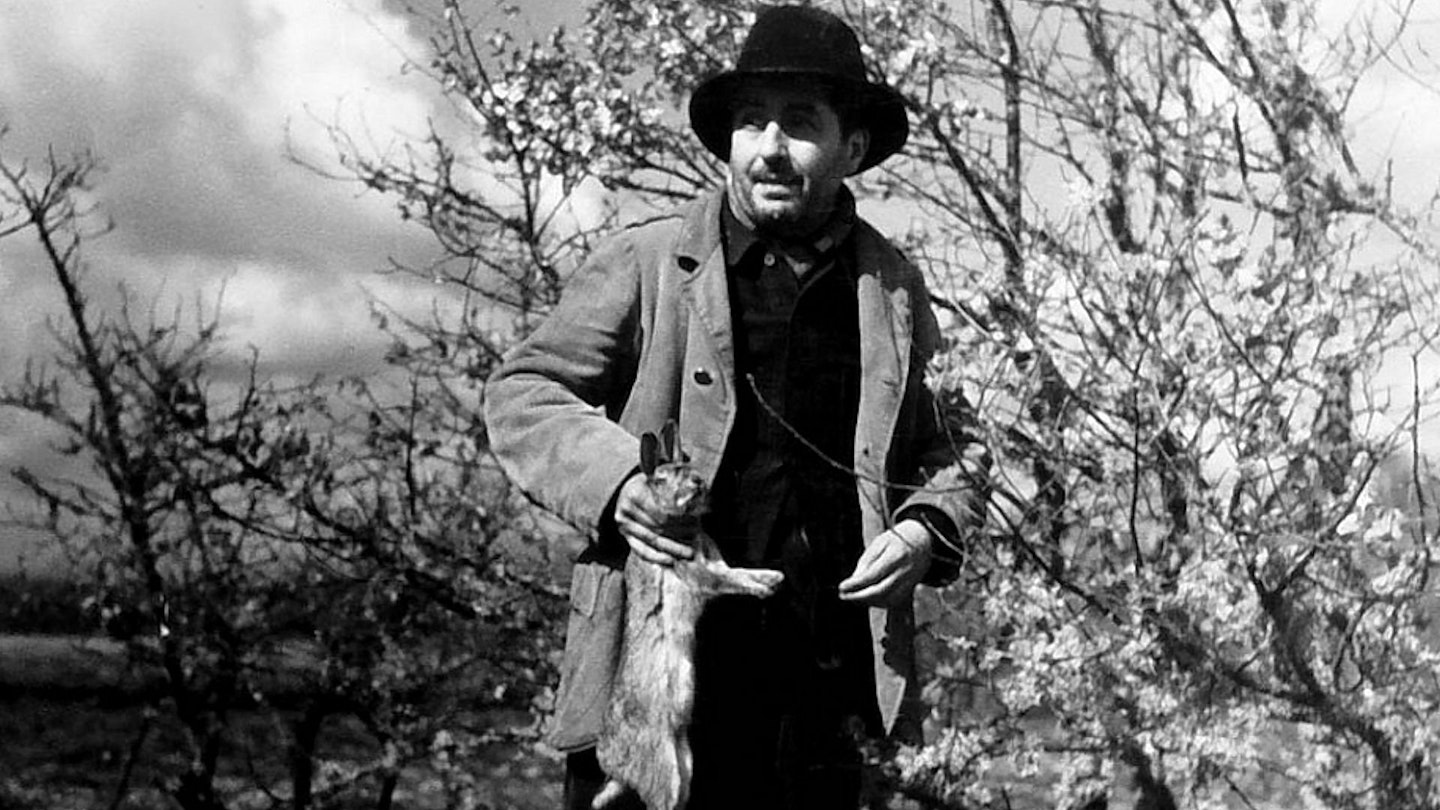The only film that Jean Renoir made for his co-operative production company, Nouvelles Editions Françaises, turned out to be his last French project for 16 years. Inspired by De Musset's Les Caprices de Marianne, Marivaux's Le Jeu d'Amour et du Hasard and Beaumarchais's Le Mariage de Figaro (1784) and the music of Lully, Couperin and Rameau, Fair Play or La Chasse en Sologne (as the feature was originally to be called) was concocted to focus on people who `lived to baroque rhythms'.
But casting alterations, the improvised nature of the shooting and the deteriorating world situation left Renoir uncertain whether he was making a comedy or a tragedy. In 1938, he declared that he was preparing a precise description of the bourgeoisie of our age. I want to show that for every game, there are rules. If you don't play according to them, you lose.' However, he later claimed that he wanted to depict a society dancing on the edge of a volcano'.
Critics applauded Renoir's use of deep focus to implicate all classes in the film's thesis that French society was approaching implosion. But, audiences despised its sentiments from the night of the premiere, when one man attempted to set light to the theatre that dared to show such unpatriotic filth. Just days before France declared war on Germany, the picture was banned by a Ministry of Foreign Affairs `especially anxious to avoid representations of our country, our traditions, and our race that change its character, lie about it and deform it through the prism of an artistic individual who is often original but not always sound'.
It was presumed that only a handful of poor quality, bowdlerised prints survived the conflict. However, in 1956, 224 boxes of positives, negatives and sound mixes were discovered and a restored version (missing only Octave and André's brief musings on the morality of maidservants) was screened at the Venice Film Festival in 1959 - the year in which the nouvelle vague broke in France - and La Règle du Jeu has rightly been regarded as an indisputable masterpiece ever since.
